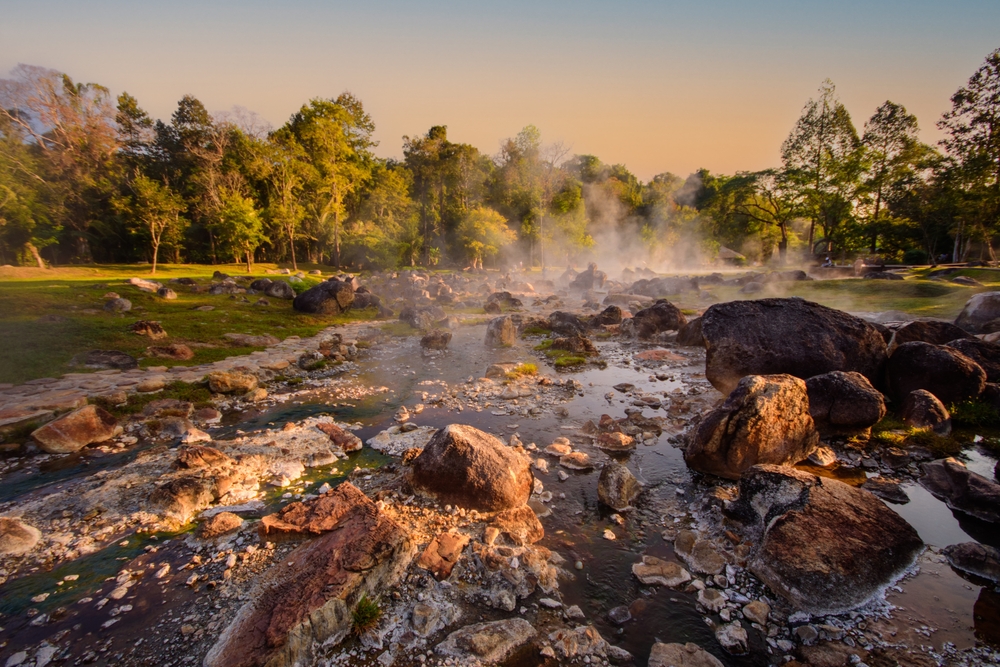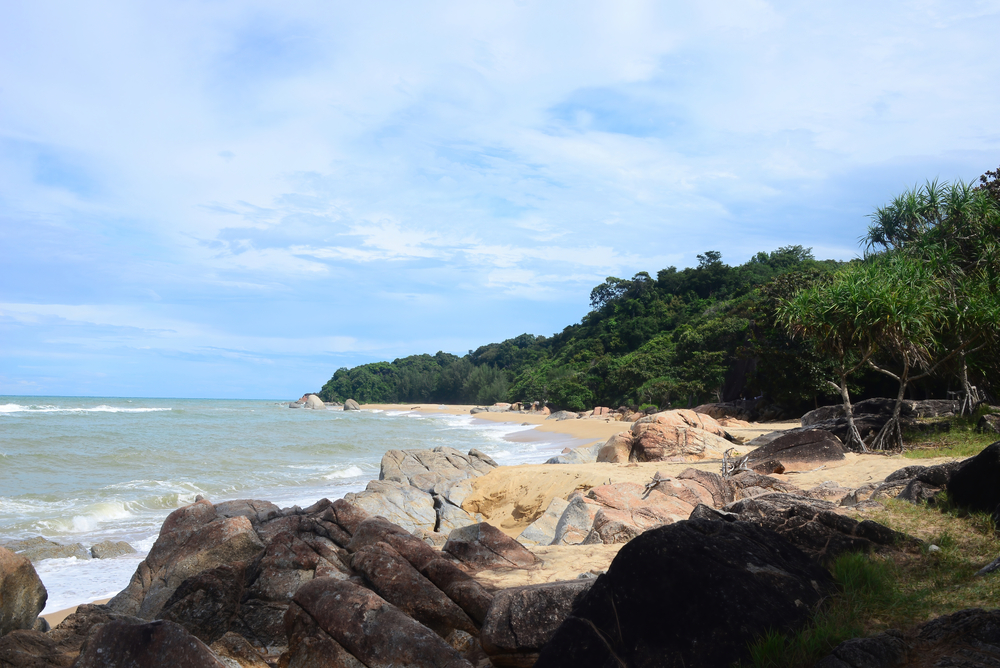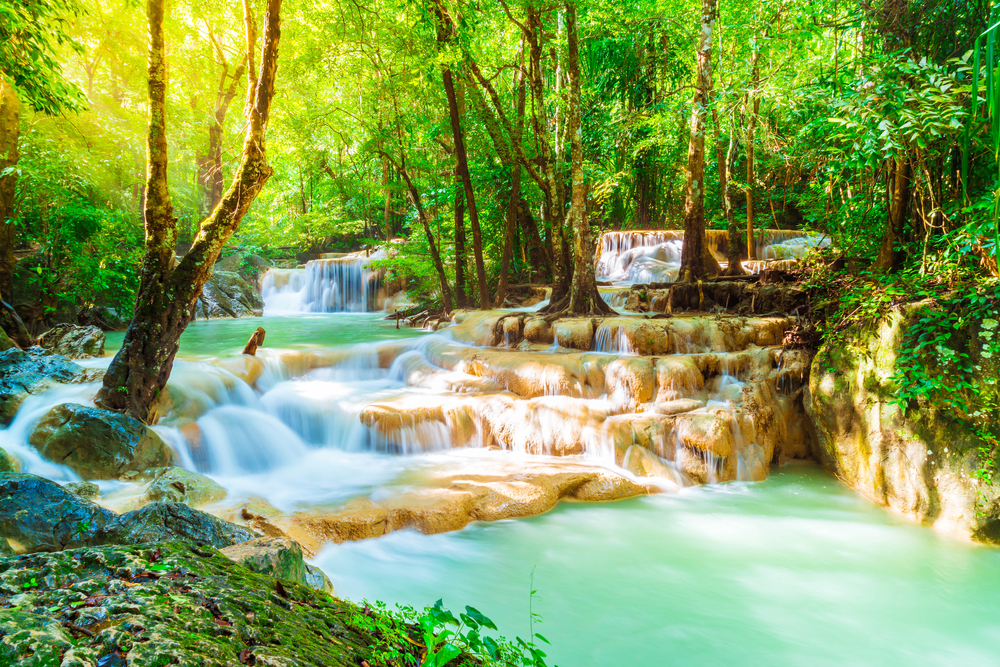Chae Son Overview
Chae Son National Park, known locally as “อุทยานแห่งชาติแจ้ซ้อน,” is a serene natural gem located in Lampang Province, northern Thailand. Spanning an area of approximately 203 square miles (525 square kilometers), this park is a haven for nature lovers, offering a stunning mix of rugged terrain, lush forests, and mineral-rich hot springs. Situated in the embrace of the Thanon Thong Chai Range, the park’s elevation ranges from 325 to 1,800 meters (1,066 to 5,906 feet) above sea level, providing visitors with diverse landscapes and habitats.
The Chae Son waterfall, a multi-tiered cascade plunging gracefully into clear pools below, is one of the park’s most iconic features, drawing visitors to its tranquil beauty. The hot springs, scattered across the park, are another highlight, with their bubbling waters creating picturesque steam rising against the backdrop of verdant forests.
The vegetation within Chae Son National Park is characterized by dense tropical and deciduous forests. The area is abundant with teak, dipterocarp trees, and bamboo species, providing a vibrant green canopy that changes hues with the seasons. These forests shelter a range of flora, including orchids and wildflowers, which bloom spectacularly during the wetter months, adding bursts of color to the landscape. The park’s rivers and streams carve through rocky terrains, nourishing the lush surroundings and supporting a thriving ecosystem.
Wildlife in Chae Son is diverse and includes many mammals and bird species. Visitors may spot animals such as barking deer, civets, porcupines, and the elusive Asiatic black bear. The park is also a birdwatcher’s paradise, with species like hornbills, kingfishers, and various songbirds filling the air with their calls. The ecosystem is further enriched by an array of reptiles, amphibians, and insects, making Chae Son a hub for biodiversity.
One of the most popular features of the park is its natural hot springs. These geothermal wonders attract both tourists and locals seeking relaxation or the therapeutic benefits of the mineral-rich waters. Another favored activity is trekking to the park’s scenic spots, including caves and viewpoints that offer panoramic vistas of the surrounding hills and forests. Camping is also a popular way to immerse oneself in the park’s serene ambiance, with several designated areas available for overnight stays. For those less inclined toward rugged exploration, the park offers well-maintained trails and picnic spots that cater to a more leisurely experience.
Conservation efforts at Chae Son National Park focus on protecting its unique ecosystems and preventing the degradation of its forests and waterways. Challenges such as deforestation, illegal logging, and the impacts of increasing tourism are met with ongoing initiatives aimed at sustainable management. The park’s administration collaborates with local communities to promote eco-tourism and awareness, ensuring that the natural beauty of Chae Son is preserved for generations to come.














































































